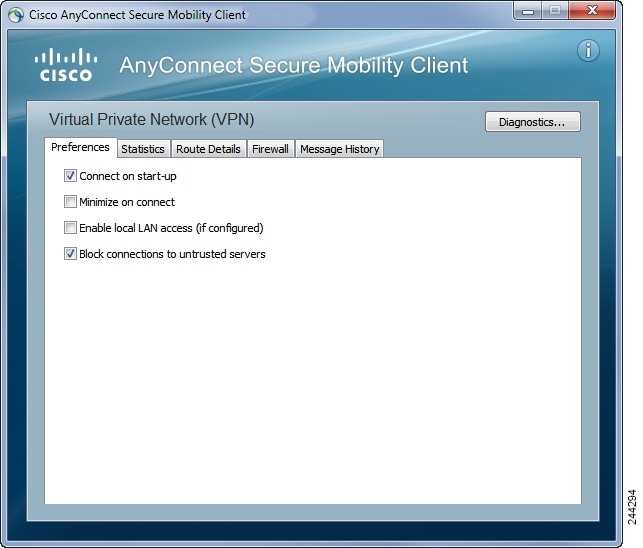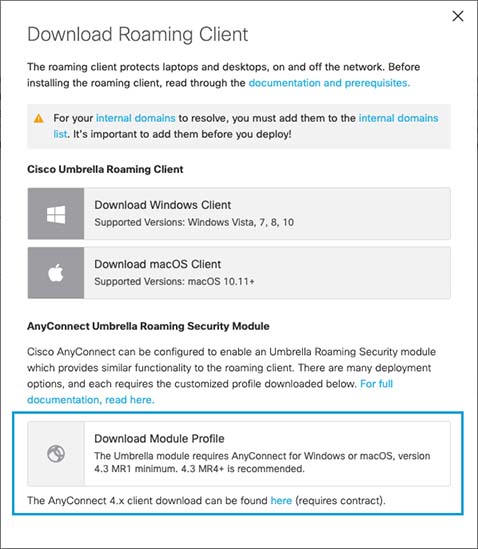Access Server subscriptions are based on the needed number of simultaneous VPN connections. While others charge based on the number of CPU cores or the bandwidth of the server, OpenVPN does not. Compare Cisco AnyConnect alternatives for your business or organization using the curated list below. SourceForge ranks the best alternatives to Cisco AnyConnect in 2021. Compare features, ratings, user reviews, pricing, and more from Cisco AnyConnect competitors and alternatives in order to make an informed decision for your business.
Overview
Stanford's VPN allows you to connect to Stanford's network as if you were on campus, making access to restricted services possible. To connect to the VPN from your Windows computer you need to install the Cisco AnyConnect VPN client.
Two types of VPN are available:
- Default Stanford (split-tunnel). When using Stanford's VPN from home, we generally recommend using the Default Stanford split-tunnel VPN. This routes and encrypts all traffic going to Stanford sites and systems through the Stanford network as if you were on campus. All non-Stanford traffic proceeds to its destination directly.
- Full Traffic (non-split-tunnel). This encrypts all internet traffic from your computer but may inadvertently block you from using resources on your local network, such as a networked printer at home. If you are traveling or using wi-fi in an untrusted location like a coffee shop or hotel, you may wish to encrypt all of your internet traffic through the Full Traffic non-split-tunnel VPN to provide an additional layer of security.
You can select the type of VPN you want to use each time you connect to the Stanford Public VPN.
Install the VPN client

- Download the Cisco AnyConnect VPN for Windows installer.
- Double-click the InstallAnyConnect.exe file.
- When a message saying the Cisco AnyConnect client has been installed, click OK.
Connect to the Stanford VPN
- Launch the Cisco AnyConnect Secure Mobility Client client.
If you don't see Cisco AnyConnect Secure Mobility Client in the list of programs, navigate to Cisco > Cisco AnyConnect Secure Mobility Client. - When prompted for a VPN, enter su-vpn.stanford.edu and then click Connect.
- Enter the following information and then click OK:
- Group: select Default Stanford split- tunnel (non-Stanford traffic flows normally on an unencrypted internet connection) or Full Traffic non-split-tunnel (all internet traffic flows through the VPN connection)
- Username: your SUNet ID
- Password: your SUNet ID password
- Next, the prompt for two-step authentication displays. Enter a passcode or enter the number that corresponds to another option(in this example, enter 1 to authenticate using Duo Push to an iPad). Then click Continue.
- You may have to scroll down the list to see all of your options.
- If your only registered authentication method is printed list, hardware token, or Google Authenticator, the menu does not display. Enter a passcode in the Answer field and click Continue.
- Click Accept to connect to the Stanford Public VPN service.
- Once the VPN connection is established, a message displays in the lower-right corner of your screen, informing you that you are now connected to the VPN.
Disconnect from the Stanford VPN
- In the notification area, click the Cisco AnyConnect icon if it is displayed. Otherwise, go to your list of programs and click Cisco AnyConnect Secure Mobility Client.
- At the prompt, click Disconnect.
Topics Map > Networking > Virtual Private Networking (VPN)
These steps are best used for when the default server is not vpn.cites.illinois.edu upon start up.
Windows:
1. Log in to the VPN normally per the instructions at VPN, CISCO AnyConnect, Installation Instructions for Windows 7, 8, 10 .
2. Open a Windows Explorer window.
3. Copy this file path: C:Users%username%AppDataLocalCiscoCisco AnyConnect Secure Mobility Client
or %USERPROFILE%AppDataLocalCiscoCisco AnyConnect Secure Mobility Client if not installed on a C: drive.4. Paste the copied path into the Address Bar in Windows Explorer.
5. Press Enter.
6. Right-click the preferences.xml file and select Edit
7. Edit the Default Host Name line (by default, this line reads <DefaultHostName></DefaultHostName>
 ) to the following: <DefaultHostName>vpn.illinois.edu</DefaultHostName>
) to the following: <DefaultHostName>vpn.illinois.edu</DefaultHostName>8. Click File > Save.
9. Quit the VPN client by right-clicking the Cisco AnyConnect icon in the system tray (left of the clock) and select Quit.
10. Re-open the Cisco AnyConnect client by selecting it from the Start Menu

11. vpn.illinois.edu should automatically populate in the text box.
Optional: In step 7, you can also edit the Default User line to include your username by adding the following: <DefaultUser>netid</DefaultUser>
Mac:
- Quit AnyConnect
- In Finder use Go->Go to Folder... to open this directory: /opt/cisco/anyconnect/profile where you will find one or more files that end in .xml
- Copy the xml files to the Desktop or another folder, leaving no .xml files in this directory
- Start AnyConnect, type vpn.illinois.edu and connect. This will download an updated copy of the .xml file for the profile you are using.
- Quit AnyConnect and relaunch - you should now see vpn.illinois.edu either pre-filled in, or in the pulldown menu of choices.
Cisco Anyconnect Server Address
| Keywords: | VPN CISCO connectSuggest keywords | Doc ID: | 47202 |
|---|---|---|---|
| Owner: | Debbie F. | Group: | University of Illinois Technology Services |
| Created: | 2015-02-15 17:40 CDT | Updated: | 2021-01-25 12:16 CDT |
| Sites: | University of Illinois Technology Services | ||
| Feedback: | 492CommentSuggest a new documentSubscribe to changes | ||
